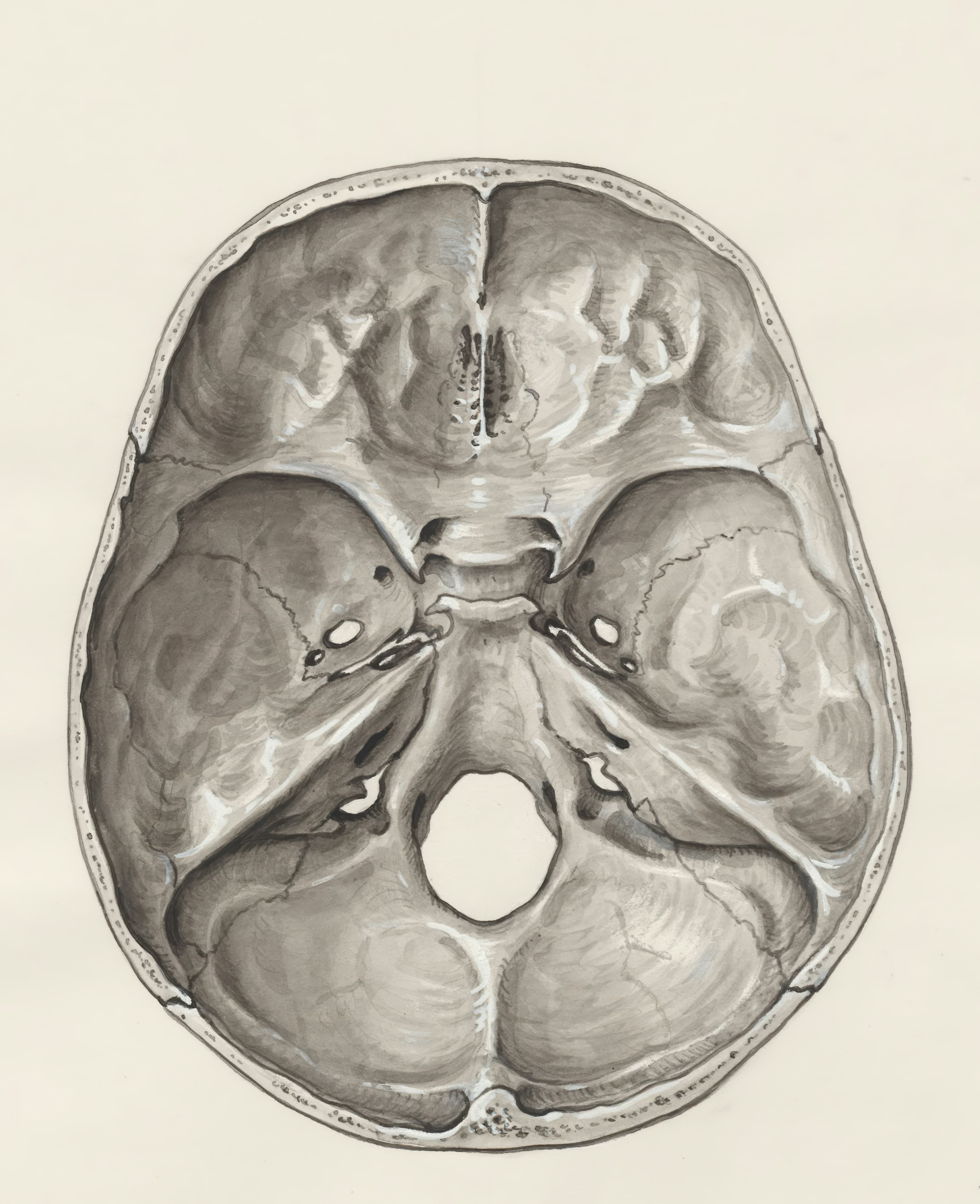Asthma is a chronic respiratory condition that affects millions of people worldwide. This specialized guide aims to shed light on the causes, symptoms, and management of asthma. Whether you have a limited understanding of medical concepts or are simply curious about this topic, this article will provide valuable insights using simple and specialized language.
What is Asthma? A Comprehensive Overview
The Prevalence and Global Impact of Asthma
Asthma is a widespread condition, with an estimated 300 million individuals affected globally. Its prevalence varies across regions, but it is the most common chronic disease among children. Understanding the global impact of asthma is crucial for realizing the significance of this condition and implementing appropriate management strategies.
Decoding Asthma Symptoms
Recognizing the symptoms of asthma is essential for early detection and effective management. These symptoms can range from mild to severe and may vary between individuals. One common symptom is wheezing, which is characterized by a whistling sound during breathing. Other symptoms include coughing, chest tightness, and shortness of breath. Understanding these signs is vital for identifying and addressing asthma-related difficulties.
Recognizing the Signs: From Wheezing to Shortness of Breath
Wheezing, as mentioned earlier, is a hallmark symptom of asthma. It manifests as a high-pitched, whistling sound during exhalation and occasionally during inhalation. Another common symptom is coughing, which often worsens at night or with physical activity. Chest tightness is also prevalent and is described as a feeling of constriction or pressure in the chest. Lastly, shortness of breath can occur during asthma attacks, making it challenging to breathe normally. Recognizing these signs aids in early intervention to alleviate symptoms.
The Science Behind an Asthma Attack
During an asthma attack, the airways become inflamed and narrowed, making it difficult to move air in and out of the lungs. This inflammation is triggered by a variety of factors, including allergens such as dust mites or pollen, pollutants, respiratory infections, and exercise. Understanding the mechanisms that underlie an asthma attack is vital for comprehending the condition and its management.
What Happens During an Asthma Attack?
During an asthma attack, the airways' lining becomes swollen, and the surrounding muscles tighten, constricting the airflow. Additionally, increased mucus production further blocks the airways, exacerbating breathing difficulties. These physiological changes collectively restrict the free flow of air, leading to the characteristic symptoms of asthma. Recognizing these processes can help individuals manage their condition more effectively.
Unveiling the Causes of Asthma
The exact causes of asthma remain elusive. However, research suggests a combination of genetic and environmental factors. Genetic factors can play a role in predisposing individuals to asthma, making them more susceptible to developing the condition. Furthermore, various environmental triggers, including allergens like animal dander, dust mites, or pollen, as well as air pollutants and respiratory infections, can initiate or exacerbate asthma symptoms. Identifying these causes is vital for implementing appropriate preventive and management strategies.
Contemporary Asthma Treatments and Management
Asthma can be effectively managed, allowing individuals to lead healthy and fulfilling lives. The treatment approach typically involves a combination of medication and non-medication strategies. Medications, such as bronchodilators to relieve acute symptoms and anti-inflammatories to reduce airway inflammation, form the cornerstone of asthma treatment. Additionally, non-medication approaches, including breathing exercises to enhance lung capacity and lifestyle adjustments to minimize exposure to triggers, can significantly improve asthma management.
The aim of asthma therapy is to maintain long-term control of asthma with the least amount of medication
The aim of asthma therapy is to achieve and maintain long-term control of asthma with the least amount of medication necessary. This involves using a combination of medications, including long-term control medications to prevent symptoms and quick-relief medications to manage symptoms when they occur. The goal is to minimize asthma attacks and emergency room visits, improve lung function, maintain normal activity levels, and prevent asthma-related deaths. By working with healthcare professionals to develop an individualized asthma action plan, patients can monitor their symptoms, adjust their medication use as needed, and learn to recognize and manage triggers. This approach not only improves the overall quality of life for individuals with asthma but also reduces the risk of long-term complications. Ultimately, the goal is to ensure that patients can lead active, fulfilling lives while effectively managing their asthma symptoms with the least amount of medication necessary.





